In the installation and construction of
SSAW steel pipes, if weld cracks are encountered and not detected and repaired in time, serious hidden dangers exist, especially for pipelines transporting flammable, explosive, and toxic media, where the hazards are extremely severe. What are the common welding defects in SSAW steel pipe welds? How are they formed? Common weld defects include porosity, slag inclusions, incomplete penetration, lack of fusion, and cracks.
1.Porosity occurs when the weld pool absorbs excessive gas at high temperatures during welding or when gas produced by metallurgical reactions remains in the weld metal before cooling and solidification, forming cavities. The main causes are that the welding rod or flux is not dried before welding, and the surface of the workpiece is not cleaned properly.
2.Incomplete penetration refers to the phenomenon that the base metal at the root of the weld joint is not completely fused. The main causes are insufficient welding current, excessively fast electrode movement, or improper welding specifications.
3.Lack of fusion refers to the failure of the filler metal to fuse with the base metal or between filler metals. The main causes of incomplete fusion are an unclean bevel, excessively fast electrode speed, insufficient welding current, and improper electrode angle.
4.Slag inclusions: These refer to slag or non-metallic inclusions remaining in the weld metal after welding. The main causes of slag inclusions are insufficient welding current, excessively fast welding speed, and inadequate cleaning, preventing the slag or non-metallic inclusions from floating to the surface.
5.Cracks: These are localized fissures in the weld or heat-affected zone of the base metal that occur during or after welding. Cracks can be classified by cause as hot cracks, cold cracks, and reheat cracks. Hot cracks are caused by improper welding techniques during welding; cold cracks are caused by excessive welding stress, excessive hydrogen content in the welding rod or flux, or significant differences in the rigidity of the workpieces, and often occur after the workpiece has cooled to a certain temperature, hence they are also called delayed cracks; reheat cracks are generally caused by reheating the workpiece after welding (stress relief heat treatment or other heating processes.

How to repair weld defects in SSAW pipes?
Repair requirements for weld defects in spiral welded steel pipes:
Before repair, the defect should be thoroughly removed. The weld area should be completely cleaned to meet welding requirements.
The repair weld should be ground to create a smooth transition with the original surface of the steel pipe. The height of the ground weld on the base material should not exceed 1.5mm.
The minimum length of the repair weld is 50mm. If the defect direction on the base material allows, the repair weld should be circumferential.
The repaired steel pipe should undergo a hydrostatic pressure test according to SY/T5037 standard.
Are repaired welds re-inspected after the process?
All repaired weld areas are re-examined using NDT methods to ensure that the defect has been completely removed and that the weld meets standard quality requirements (e.g., API 5L,
ASTM, EN).






 English
English Español
Español بالعربية
بالعربية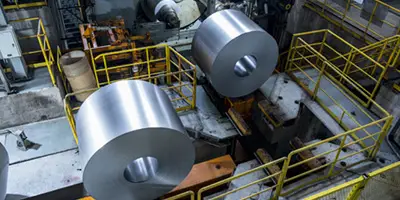

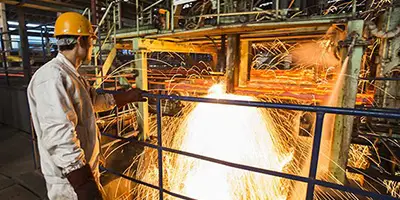
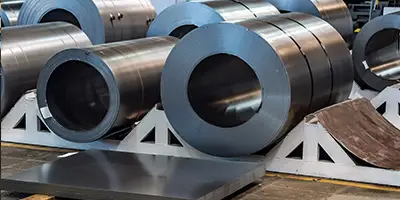

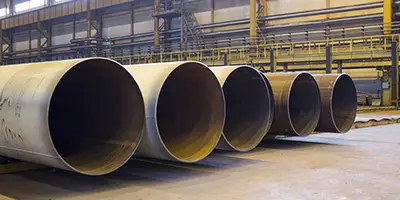
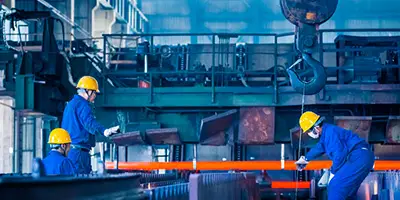


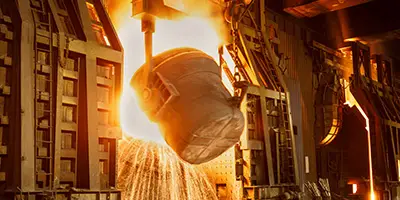
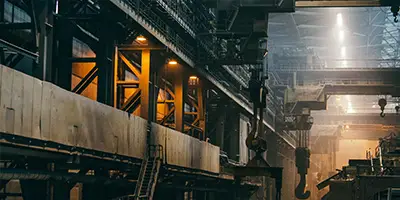

 Phone :
Phone :  Whatsapp :
Whatsapp :  Email :
Email : 


